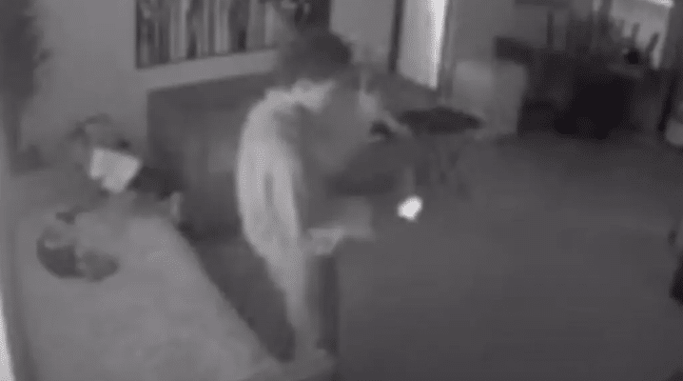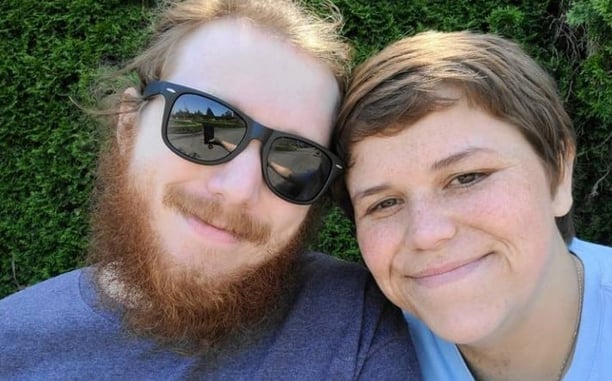There’s targets for fun and then there’s targets for training. The two often meet but in this article, we’ll discuss some different types of targets and how they can improve or help concealed carry practice.
As we all know, concealed carry is a great responsibility. If called upon, we may be required to use our everyday carry handgun to save the life of ourselves or another. As such, practice is imperative.
When you go to the range, chances are good there’s a wide variety of fun, colorful targets out there. Each target, though, has a purpose. Some targets are great for sighting in optics — also called “zeroing”. Other targets are ideal for competitive scoring. And then there’s targets that are just there to have a good time.
Different Shooting Target Materials And Their Purpose
In general, there are three basic materials used in shooting targets:
- Paper or Cardboard
- Clay or Ceramic
- Steel or Iron
Each material serves a purpose, believe it or not. Paper is great for tracking shot groups and making corrections to adjustable sights because you can see where on the paper it hit and how far away each shot was from the last.
Paper is also great for competitive scoring because it’s easy to tally. When taped over, the target can be reset and used again.
Steel and iron are both great materials for a variety of target types. From sharpshooting to basic “hitting the broad side of the barn” reactive drills, steel gives immediate feedback. It also doesn’t need to be reset.
A field of steel targets can act as an instantaneous musical instrument, letting a shooter know precisely how he’s doing without having to stop the range and make a count. Details such as shot grouping, shot placement can also be seen but generally not as easily as paper.
Clay and ceramic are generally used in sporting and competitive practices. Clay is brittle and unforgiving. If a shot hits clay, the clay will break. That’s all the confirmation some organizations need to demonstrate a proficient and scored hit.
Clay, however, needs to be replaced after each successful hit. This makes it a pain. Both paper and steel can be reused easily.
Different Target Types And Their Purpose
There are too many different target types to classify them all in one article. We’re going to boil it down to a basic premise: point, grid, partial, and silhouette.
- Point target — A basic circular point that lets you know accuracy and precision.
- Grid target — Usually incorporates a single point and is mapped by grid squares to let you correct for deficiencies with sight alignment and sight picture.
- Partial target — Meant to replicate a human behind concealment.
- Full silhouette target — Meant to replicate a human standing in front of you.
The first two are used in basic marksmanship to determine if you can hit a single point at a given distance accurately and precisely.

The spacing between grids or circles is largely dictated by the target manufacturer. The more fine tuned the grid or the circles, the better an idea of how bullet behavior may be affected by distance.
These targets are great for both near and far marksmanship.
The second two are meant to psychologically prepare you to fire upon another human being. It’s not natural to want to hurt or kill other people. The purpose of practicing with targets which approximate the same size and composition as a man are to prepare the shooter to deal with that possible reality.

A partial target is particularly effective when dealing with combatants. Combatants are not idiots and don’t just want to charge out into a hail of fire. They will take cover. You should take cover, too. Once you are comfortable dealing with points and grids, a partial target is a good place to move on to. If you can accurately place rounds into the black, you can approximately guess you can hit a partially exposed target.
A full size silhouette is designed to prepare you for open range style encounters. When someone is physically threatening your life or advancing, they will take an approximate shape similar to a full size silhouette. For fast reaction drills, a full size silhouette can be an ideal target type to work with.
You will decide what target is right for the application. We just wanted to give a little insight into the different materials, shapes, and sizes. In an ideal training environment, we would practice with a little of each in order to reinforce good safety and marksmanship principles.
There are also advanced targets used in competitions to test for shooting around a target (hostage situation) or hitting multiple points on a silhouette. This is all much more specific. Experiment around, find what works for you. Practice how you intend to fight and carry everyday.








![[LIVE STREAM] Minnesota Is In For A Rough Night After Officer, Who Shot And Killed Man During Traffic Stop, Is Released On Bond](https://imagedelivery.net/sbm_lYeJbALkepJgtmRD5w/concealednation.org/2021/04/ScreenHunter-703.jpg/w=728,h=381)





